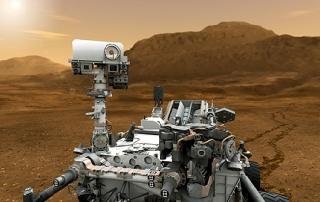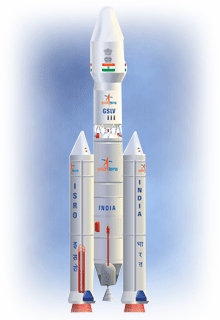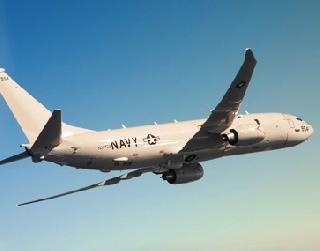
Artistic illustration of Curiosity rover in Mars. A NASA/JPL photo
WASHINGTON (PTI): NASA's Curiosity Mars rover has completed a 100.3 metres backwards drive over the Martian terrain - the longest one-day trek in more than three months.
The reverse drive was carried out on February 18 over relatively smooth and benign ground.
The manoeuvre was designed to validate feasibility of a technique developed with testing on Earth to lessen damage to Curiosity's wheels when driving over terrain studded with sharp rocks.
"We wanted to have backwards driving in our validated toolkit because there will be parts of our route that will be more challenging," said Curiosity Project Manager Jim Erickson of NASA's Jet Propulsion Laboratory, Pasadena, California.
The rover team used images taken from orbit to reassess possible routes, after detecting in late 2013 that holes in the vehicle's aluminum wheels were accumulating faster than anticipated.
Getting to the chosen route, which appeared to be less hazardous for the wheels, required crossing a 1-metre-tall dune. Curiosity crossed the dune on February 9.
"After we got over the dune, we began driving in terrain that looks like what we expected based on the orbital data.
There are fewer sharp rocks, many of them are loose, and in most places there's a little bit of sand cushioning the vehicle," Erickson said.
The mission's destinations are a science waypoint first and then it will investigate the lower slopes of Mount Sharp, where water-related minerals have been detected from orbit.
The science waypoint, which may be where Curiosity next uses its sample-collecting drill, is an intersection of different rock layers about 1.1 kilometres ahead on the planned route.
This location, formerly called KMS-9 from when it was one of many waypoint candidates, is now called "Kimberley", for the geological mapping quadrant that contains it. The mapping quadrant was named for the northwestern Australia region with very old rocks.
While the rover is headed for the Kimberley waypoint and during the time it spends doing science investigations there, the team will use orbital imagery to choose a path for continuing toward the long-term destination.
Curiosity has driven 285.5 metres since the February 9 dune-crossing, for a total odometry of 5.21 kilometres since its August 2012 landing.
 Previous Article
Previous Article Next Article
Next Article













The Indian Air Force, in its flight trials evaluation report submitted before the Defence Ministry l..
view articleAn insight into the Medium Multi-Role Combat Aircraft competition...
view articleSky enthusiasts can now spot the International Space Station (ISS) commanded by Indian-American astr..
view article